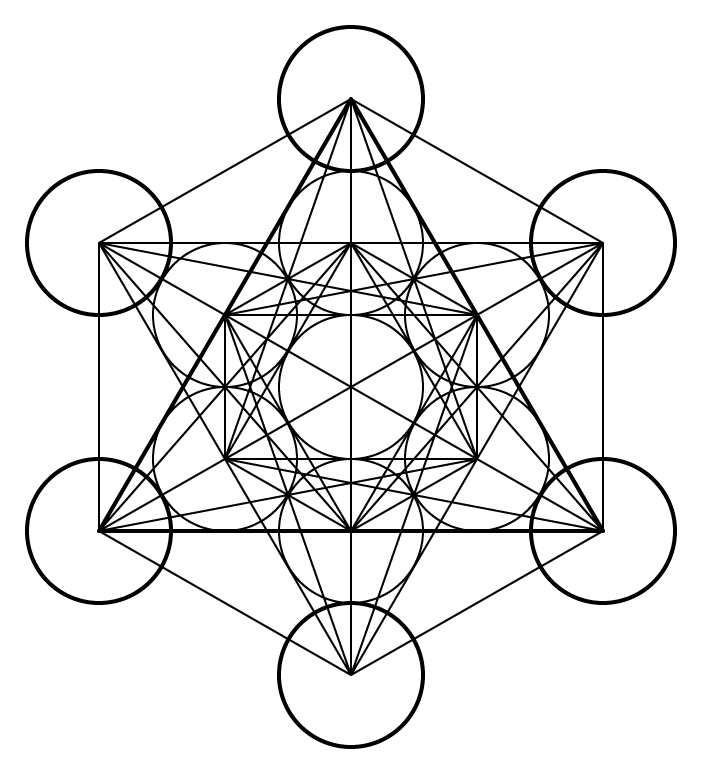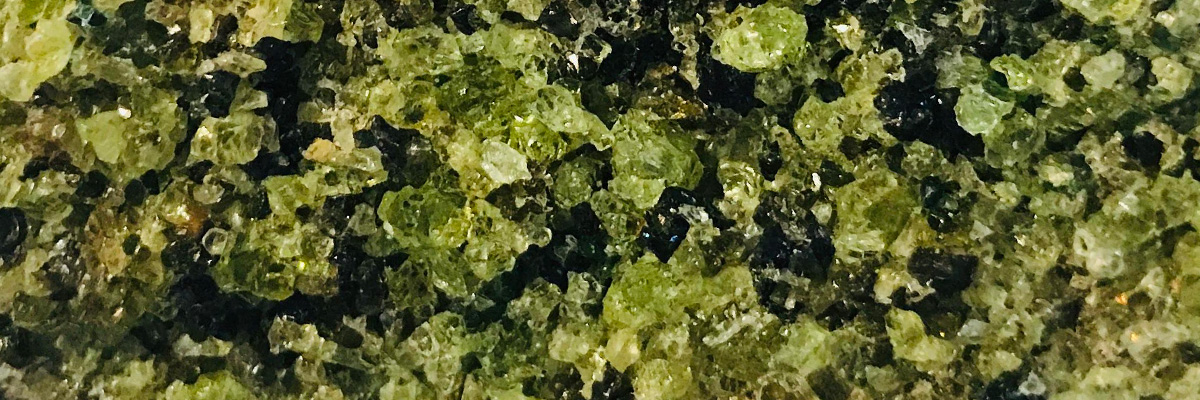Peridotite is an ultramafic, intrusive igneous rock that comprises the majority of Earth’s upper mantle. The rock exhibits a coarse-grained or phaneritic texture, with visible mineral crystals predominantly in shades of green. The primary constituent of peridotite is olivine, often accompanied by other minerals such as pyroxene and garnet.
Mineral Makeup
The mineral composition of peridotite is primarily olivine, with smaller amounts of pyroxene, garnet, and sometimes amphibole. Olivine is a greenish mineral that forms large, rounded grains within peridotite. Pyroxene, a group of dark-colored minerals, usually occurs as short, stubby crystals. Garnet, when present, appears as reddish-brown to dark red, rounded crystals.
Origin
Peridotite forms deep within the Earth’s mantle, where high temperatures and pressures cause the partial melting of mantle material. The remaining solid material consists of peridotite, which can be brought to the Earth’s surface by tectonic or volcanic activity. As an intrusive igneous rock, peridotite forms through the slow cooling and solidification of magma, allowing for the growth of large, visible mineral crystals.
Occurrence
Peridotite is primarily found in the Earth’s upper mantle, but can also be encountered in tectonically active regions, such as along mid-ocean ridges and in orogenic belts. Notable surface exposures of peridotite include the Lherz massif in the French Pyrenees, the Josephine Peridotite in Oregon and California, and the Zabargad Island in the Red Sea.
Metaphysical
Peridotite is believed to possess metaphysical properties that promote grounding, transformation, and rejuvenation. It is thought to help individuals connect with the Earth’s energies and encourage personal growth, transformation, and renewal. Peridotite is also said to facilitate the release of negative emotions, enhance spiritual insight, and stimulate creativity.
| Class | Igneous (Intrusive) |
| Mineral Makeup | Primarily olivine, with pyroxene, garnet, and sometimes amphibole |
| Luster | Dull to vitreous |
| Hardness (Mohs) | 5.5-7 |
| Streak | White or colorless |
| Color | Predominantly green, with shades of red and black |
| Cleavage | Poor to none |
| Specific Gravity | 3.2 to 3.4 |


